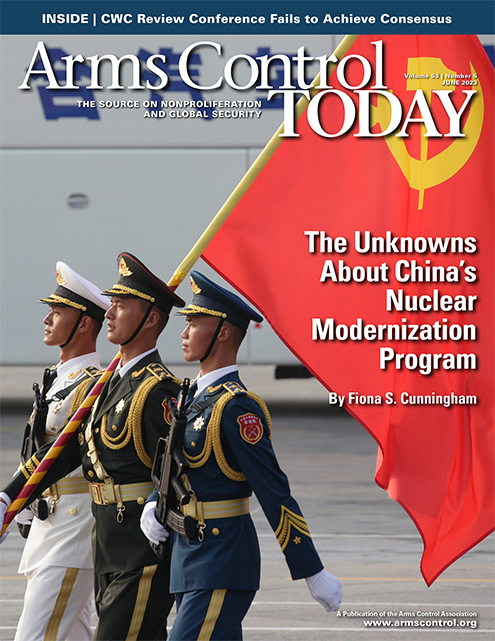"I greatly appreciate your very swift response, and your organization's work in general. It's a terrific source of authoritative information."
June 2023
Edition Date
Cover Image

June 1, 2023
June 1, 2023
June 1, 2023
June 1, 2023
June 1, 2023
